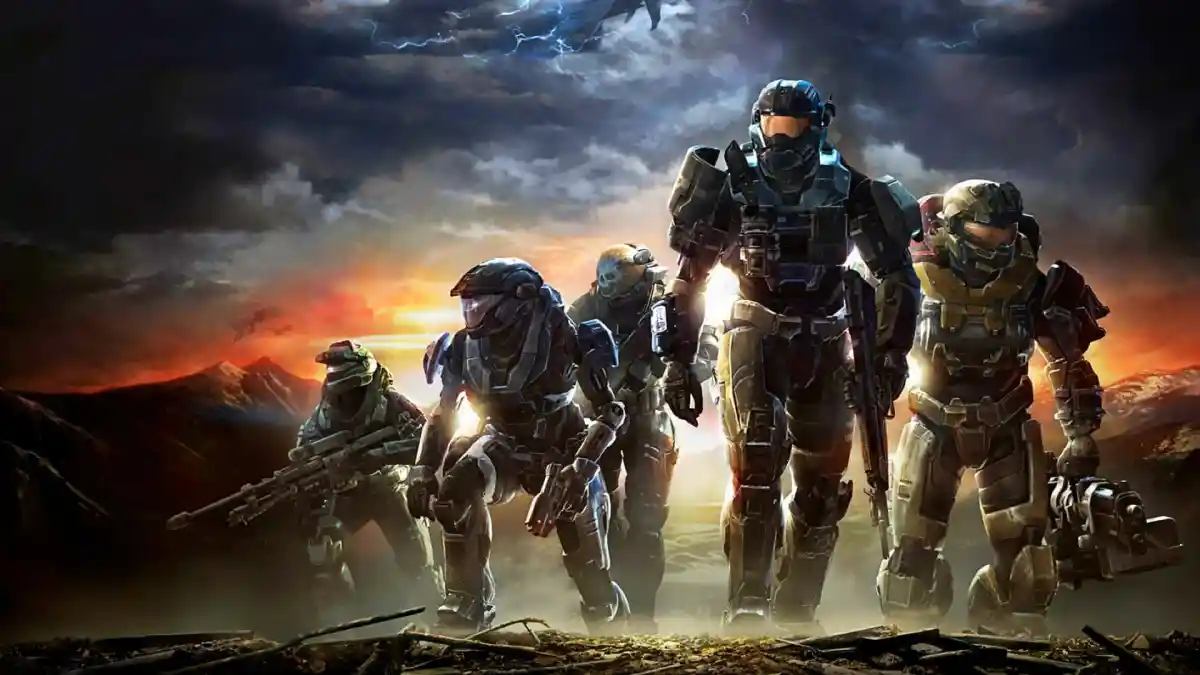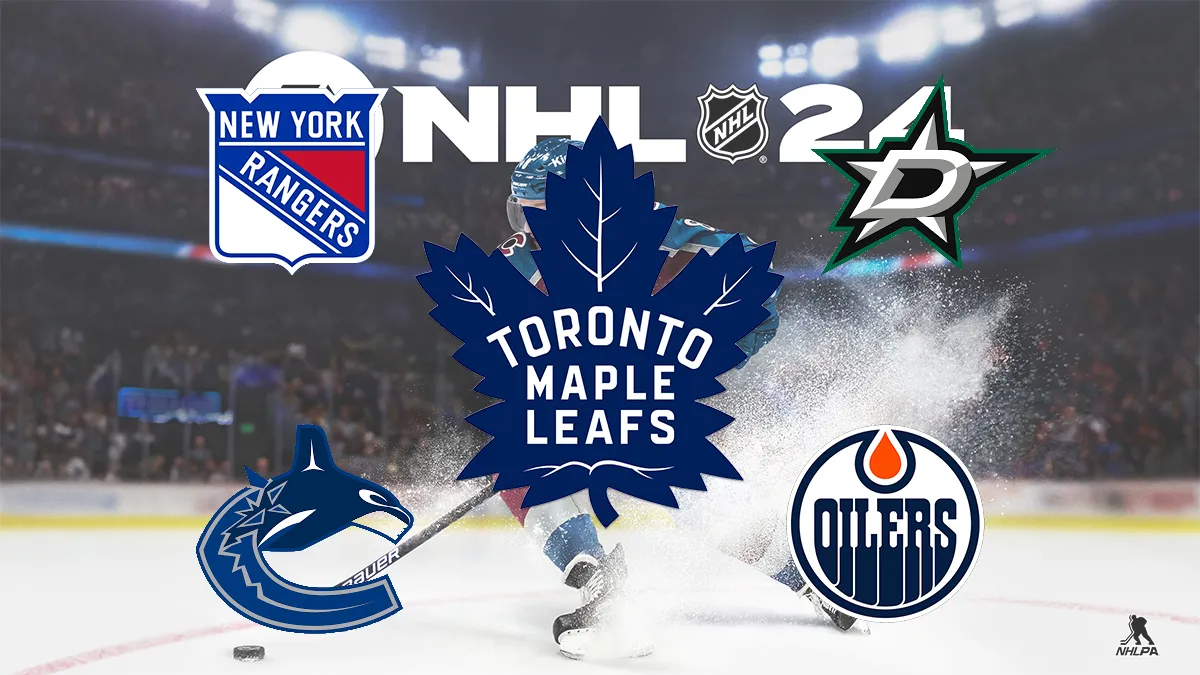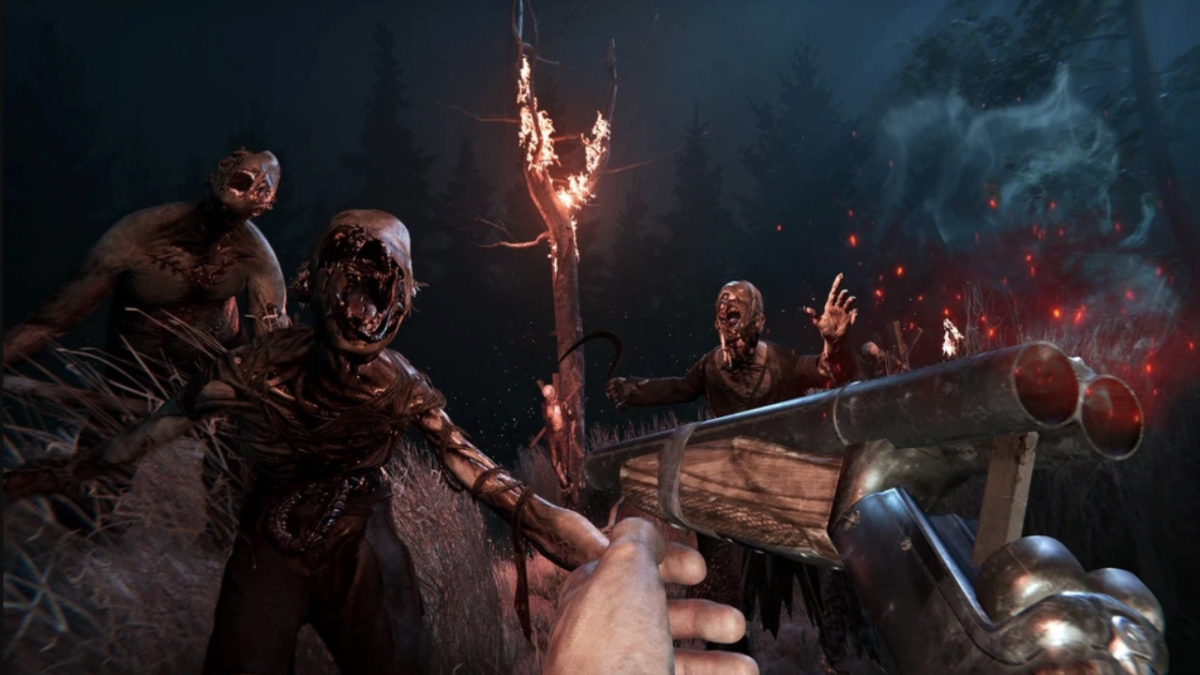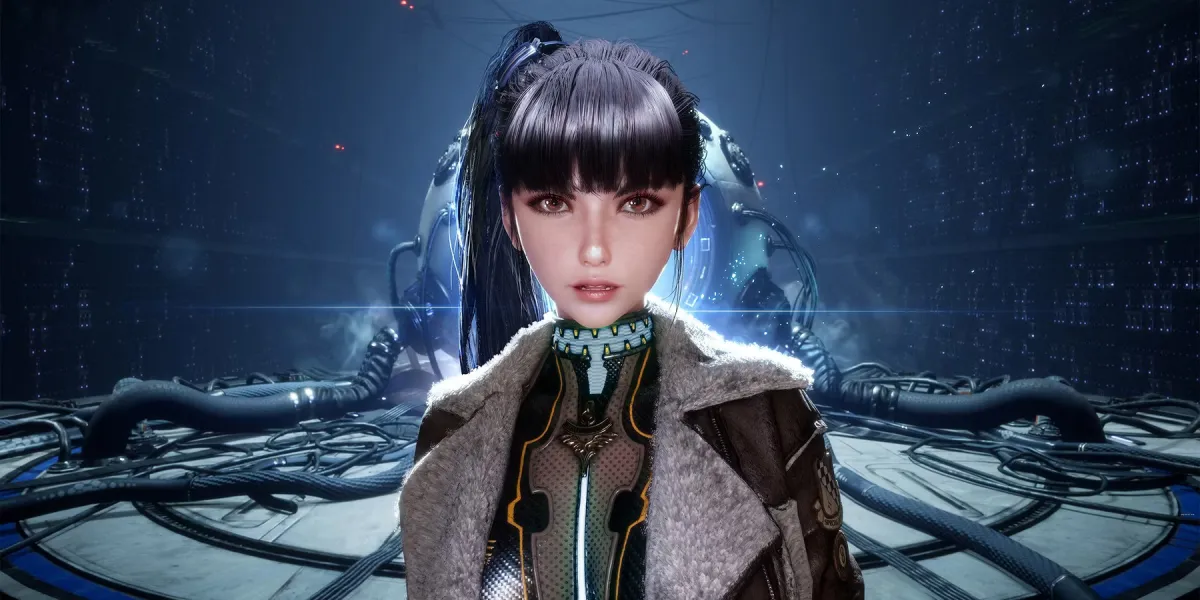Halo: Reach is a game about closure. On the surface, it’s the tale of how Noble Team’s sacrifice helped bring an end to the Human-Covenant war. For Bungie, meanwhile, it marked the end of its decade-long development of the iconic series. The Halo franchise continues to march on, but for those involved until 2010, Reach was a fitting way to say goodbye.
“We wanted to tackle one more Halo game, in the agreement with Microsoft, in a way that it could be a satisfying full circle for us as a studio,” said Marcus Lehto, Halo co-creator and Reach’s creative director. “We wanted to bring closure to our part of the universe. That brought us back to the events just prior to Halo: Combat Evolved where we looked at the Spartans on Reach.”
After Halo 3 had shipped, Bungie was reluctant to work on another Master Chief-centric title. Feeling that it would be difficult to tell another John-117 story in a single game, Bungie opted to develop two standalone titles in the Halo universe. Halo 3: ODST, which followed a group of Orbital Drop Shock Troopers during the events of Halo 3, was developed by one half of Bungie. The other, led by Lehto, eventually settled on a concept about the Fall of Reach. The team took inspiration from Eric Nylund’s 2001 sci-fi novel of the same name, but as the book wasn’t canon in the Halo universe at the time, Bungie elected to craft an original story set on Reach.
“I love Eric Nylund’s work, and especially the Fall of Reach,” Lee Wilson, Reach’s lead writer, said. “I thought he painted a good picture of that event, so we could treat it like something that had happened. It was great to not only create new characters, but explore how theirs were the shoulders that Master Chief stood on.”
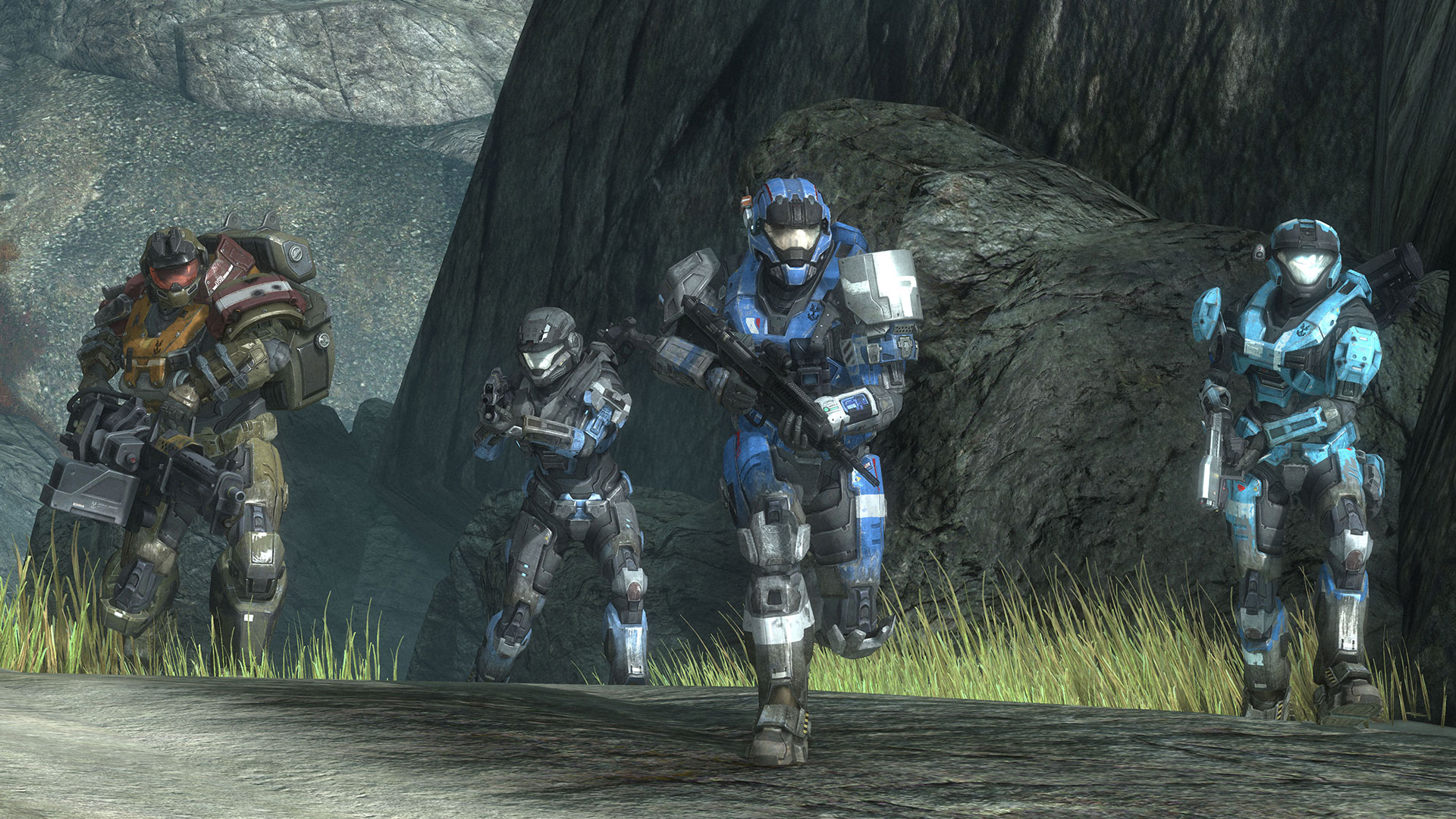
Halo: Reach follows the story of Noble Team, a group of Spartan-II and III supersoldiers who try in vain to halt the Covenant’s invasion — and subsequent destruction — of the planet. Players take on the role of Noble Six, the team’s newest member whom, in a series first, players could choose to be male or female. Like Master Chief, Noble Six wears their helmet throughout the game, a tactic used to help players embody their version of the character. Bungie was equally purposeful about removing the rest of Noble Team’s helmets — save for Emile’s — during the campaign.
“Seeing those faces, and who that person is under the armor, was very important for us,” Lehto revealed. “Our goal was for the player to connect with them not only through the in-game dialog and missions, but the cinematics where we get to know them a bit better. The endearing part of each character was to show that they weren’t one-note soldiers. They had a past, a story, and feelings too.”
That connection extended to Reach’s gameplay. As a squad who have fought alongside each other before, Bungie had to revamp its friendly AI unit system. Replacing marines, Halo’s previous AI teammates, with Noble Team required a rethink, and it almost led to the introduction of real-time strategy elements to firefights.
“We couldn’t just allow them to arbitrarily die in the middle of a mission,” Lehto explained. “They had to be invincible. They would take alternate tracks through missions, so they’re with you, but Jun – for example – might be up on a ledge sniping from a different location while you’re down in the thick of battle. Those were challenging things for us to navigate, to the point where we were even working on a command structure so that you could give them orders. We worked on that for four-to-six months before we dropped it because it was too complex a system for Halo, and it introduced too many potential bugs and issues that we couldn’t risk at that time.”
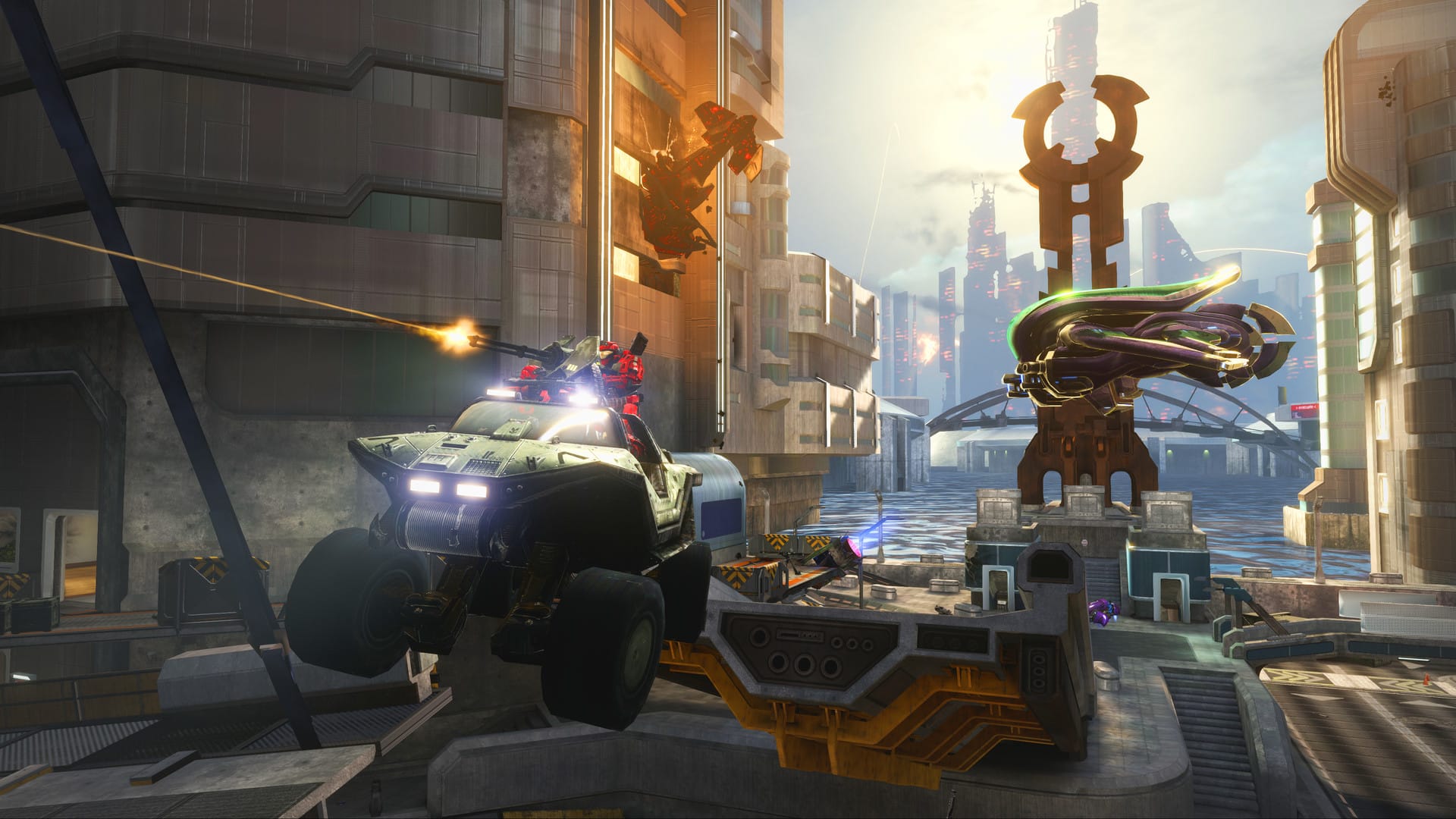
While that command mechanic was cut, other new gameplay elements were included. An armor ability system reworked since Halo 3 allowed players to pick up and swap reusable suit equipment to fit their play style. Meanwhile, larger combat scenarios with bigger AI-on-AI battles such as Long Night of Solace’s space dogfight sequence made each encounter feel planetary in scope.
“We had a graph of all the cool things we wanted to do from beginning to end with regard to full blown-out combat missions,” Lehto said. “The big crescendos, such as when you’re in space, we were able to handle because we had a team of dedicated individuals, especially on the design side. We had one person who was focused just on space combat. It was something he was passionate about introducing, so we rallied around that idea and built an entire mission based on it.”
Reach wasn’t without its setbacks. For some Halo fans, the franchise’s multiplayer component was of greater importance than each game’s campaign. In a bid to strengthen the ties between Reach’s single-player and multiplayer modes, Bungie looked to build each multiplayer map into its campaign — a decision that had middling results.
“We learned a hard lesson,” Lehto admitted. “We tried to carve out campaign sections that we would dedicate to wall off as a multiplayer map. That worked with some success, but we felt the stresses of each one of the modes really fighting with one another in the midst of those missions. In hindsight, we should have carved out the multiplayer maps as their own thing. Using the same visual palettes as the single-player missions, but then allowing for complete freedom to do what we wanted with those maps.”
Reach’s campaign was also the subject of the game’s most contentious issue. Lone Wolf, the final mission, sees Noble Six fight a never-ending wave of Covenant until they are killed. Members on the Reach team felt that pushing players into a no-win situation wasn’t fair, but after Halo community beta testers reacted positively to the move, it was included.
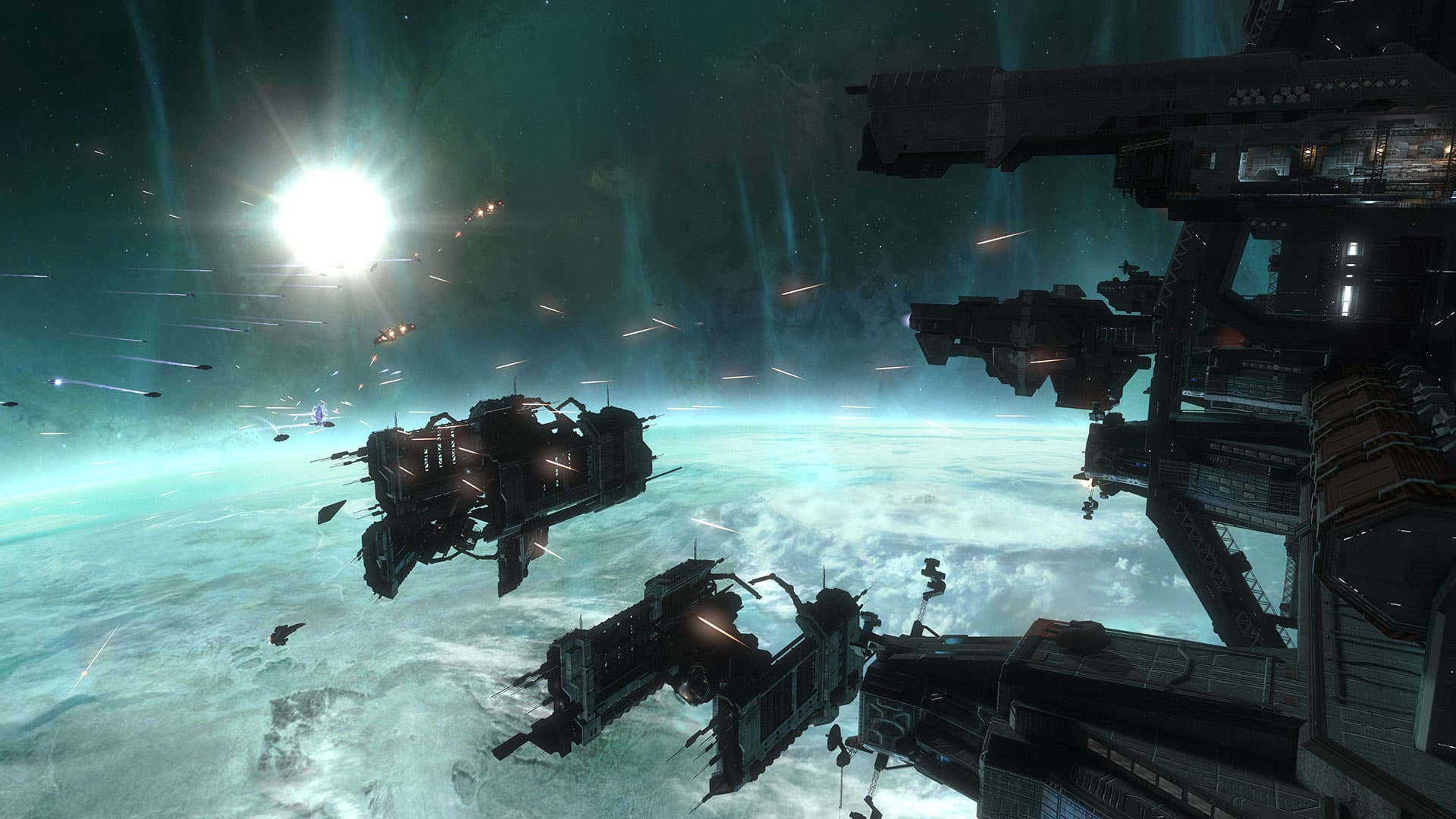
“I was initially not sold on it,” Wilson recalled. “Just from a story point of view. We could leave it there and just let people wonder what happened to Noble Six. But once I saw how the gameplay would go, it was super exciting.”
With Reach’s fate sealed pre-development, Bungie also had the difficult task of ensuring that players felt a sense of accomplishment once the credits rolled. Wilson admitted it was “very freeing” to kill off Noble Team, but reaching a fitting story conclusion was necessary for it to feel like their efforts weren’t in vain.
“When you set something in the past, you can accept that these people might not be around anymore,” he explained. “But it’s like Saving Private Ryan. As long as something good comes out of this, then that is the hope, and it’s a very heroic ending for them in the end.”
To help with that heroic feel, Marty O’Donnell was tasked with composing Reach’s score. Backed by longtime collaborator Michael Salvatori, the ex-Bungie audio director created a somber-yet-bold soundtrack that resonated with Noble Team’s ill-fated but courageous efforts. With O’Donnell hard at work on ODST at the same time, however, it was only once Reach’s CGI cutscenes were completed that he began to compose its musical score.
“Marty’s earliest involvement would be at the very early stages when we were working on the story,” Lehto explained. “He would always like to be part of the high-level story discussions, so he can get a sense for some of those big, emotional moments, but that’s about it for a little while. When we’d go into production, Marty would explore what we could do with those themes and also focus on those awesome weapon and vehicle sounds and the other cool stuff that really brings the universe to life, with the character dialog and the unit combat chatter, with Jay Weinland and the audio team.”
Halo: Reach went through a three-year development cycle, and notable changes and cuts were made along the way. Spartan-III supersoldier Thom-A293, who appeared in Reach’s “Deliver Hope” promotional trailer, was supposed to be the game’s protagonist until Bungie opted for a male or female character selection tool. Kat, Noble Team’s Lieutenant Commander, was also initially written as someone of Russian or French descent until voice actor Alona Tal’s audition convinced the team to rewrite her as an Israeli national. The team’s biggest regret, though, was tied into a core gameplay sequence that they had to remove after six months of development.
“We had seafaring vehicles and boat combat,” Lehto revealed. “We built systems for open-water combat, which had a boat like a Warthog – a driver, a passenger, and a gunner – but then imagine the swells that you could be jumping over, and giant oil rig sea structures in the middle of the ocean. I think that would have been another big crescendo moment, but there were just so many difficult-to-solve problems, which we knew we were going to have to put a bonfire of resources into to make it shippable. We also had moa combat at one point. You could hop on the back of them and fight each other. It was like our version of joust.”
Reach and ODST might not have seen the light of day if not for a canceled Halo project. Halo Chronicles, an interactive episodic title set in the Halo universe, was in development as a collaboration among Bungie, Microsoft, and Oscar-winning director Peter Jackson for three years before it was scrapped. While none of its elements carried over into Reach — many of Chronicles’ mechanics made their way into ODST — Lehto admitted that everyone at Bungie was disappointed over Chronicles’ cancellation.
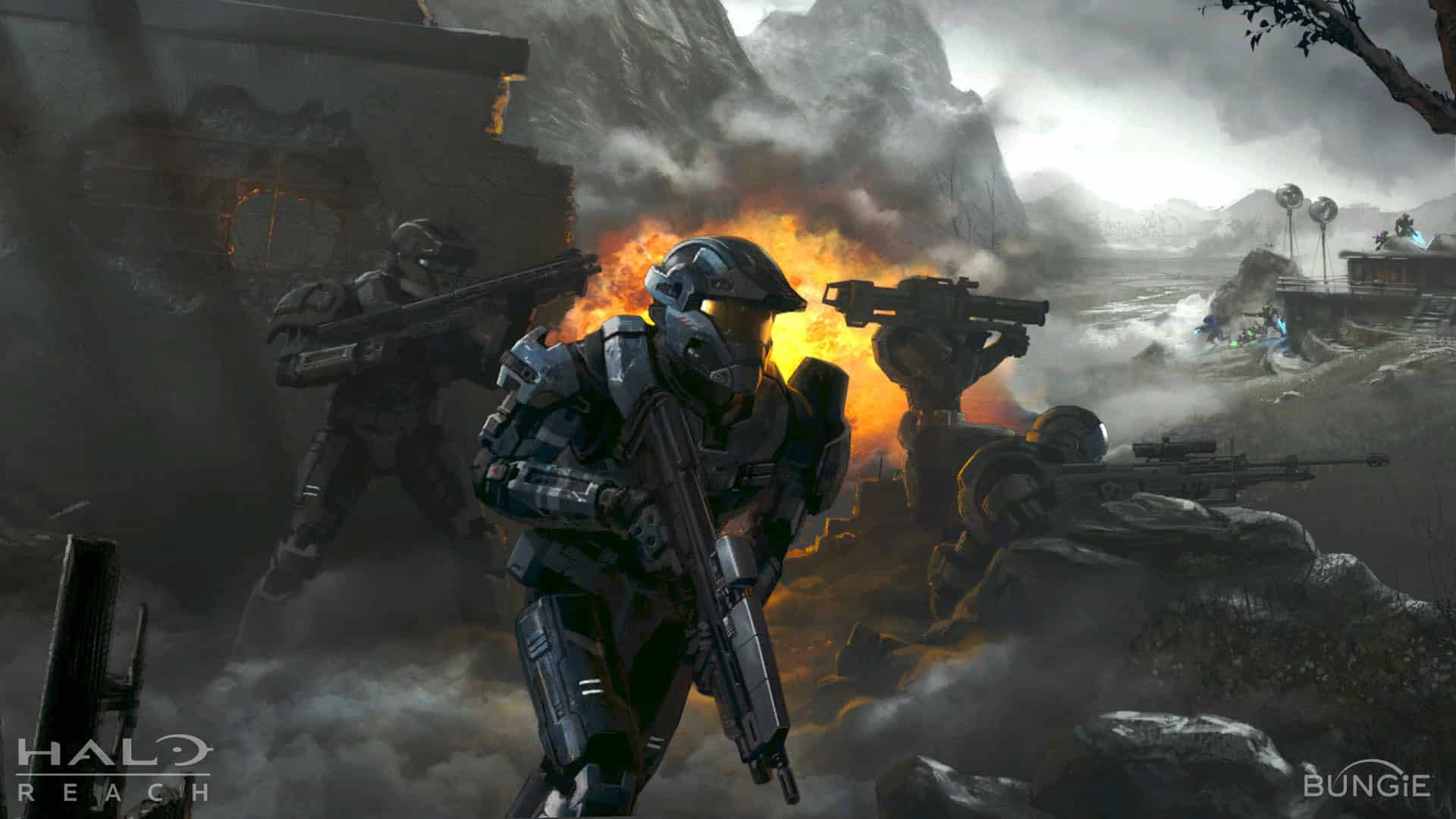
“We had Peter Jackson and some WETA folks come up to the studio, which was exciting,” Lehto said. “They even built a real Warthog for us, but as Microsoft were holding the keys to the Halo IP, that was a difficult road to travel in terms of understanding how to get into negotiations with making a movie. So, things stalled out on that front unfortunately.”
Nevertheless, Halo: Reach launched to critical acclaim a year after Chronicles’ cancellation. It retains its fan favorite status a decade on and, after its addition to Halo: The Master Chief Collection last December, was the most played game on Steam on its launch day. For Wilson, the cultural phenomenon that Halo has become is a testament to the work that Bungie put in during its Halo years.
“It’s such an intimate experience that you don’t know how it’s going to get received,” he said. “But when it almost becomes like a household product, it’s overwhelming. I remember being in London one time and hearing someone’s mum outside a store tell a younger person who Master Chief was. You can’t help but think ‘Oh, I guess people know about this.’”
Lehto, who considers Halo: Reach to be the “smoothest Halo production” that Bungie had, is equally taken aback by the franchise’s popularity. Working on Reach was, he concedes, a joy, and it provided a fitting end to a franchise that many at Bungie had worked on for over 10 years.
“Our roadmap for what we planned to build mostly matched what we launched with, so that was a real pleasure,” he said. “It’s fantastic knowing that we positively impacted so many people’s lives. I get messages from people saying that Halo got them through a certain difficult part of their life, or Reach was one of their favorites as far as that boots-on-the-ground war story that we were telling. I can’t even tell you how many times I’ve heard from people who now have lasting friendships, or even marriages, who met by playing Halo together. That’s really special, and I’ll never get tired of hearing those stories.”

